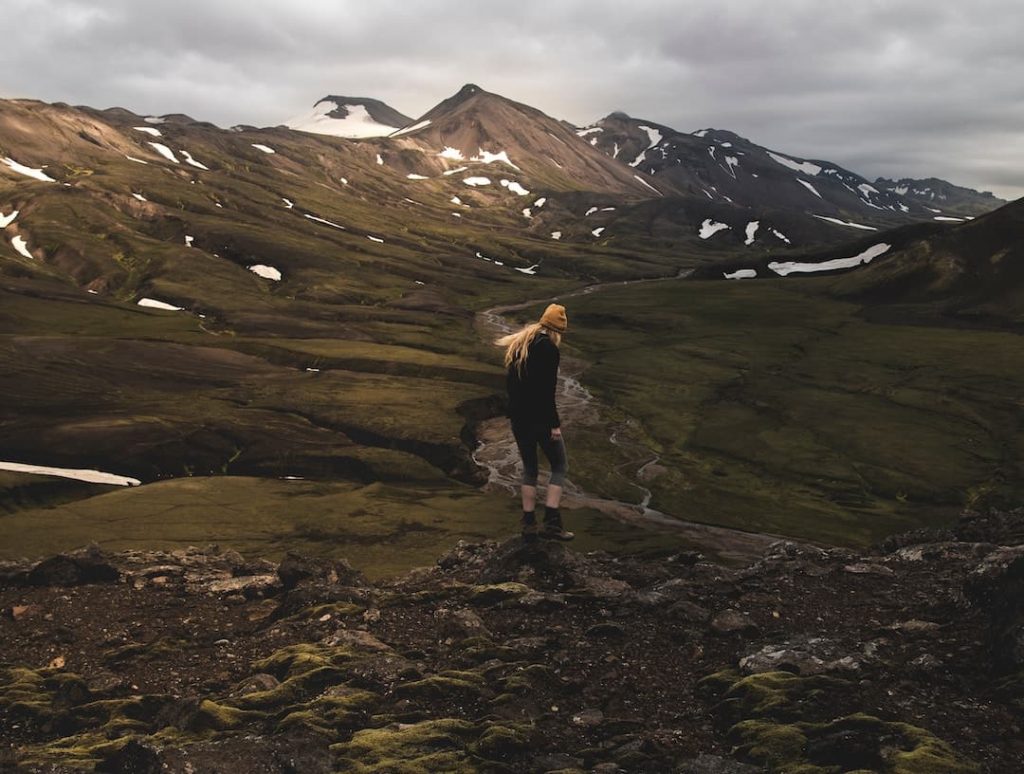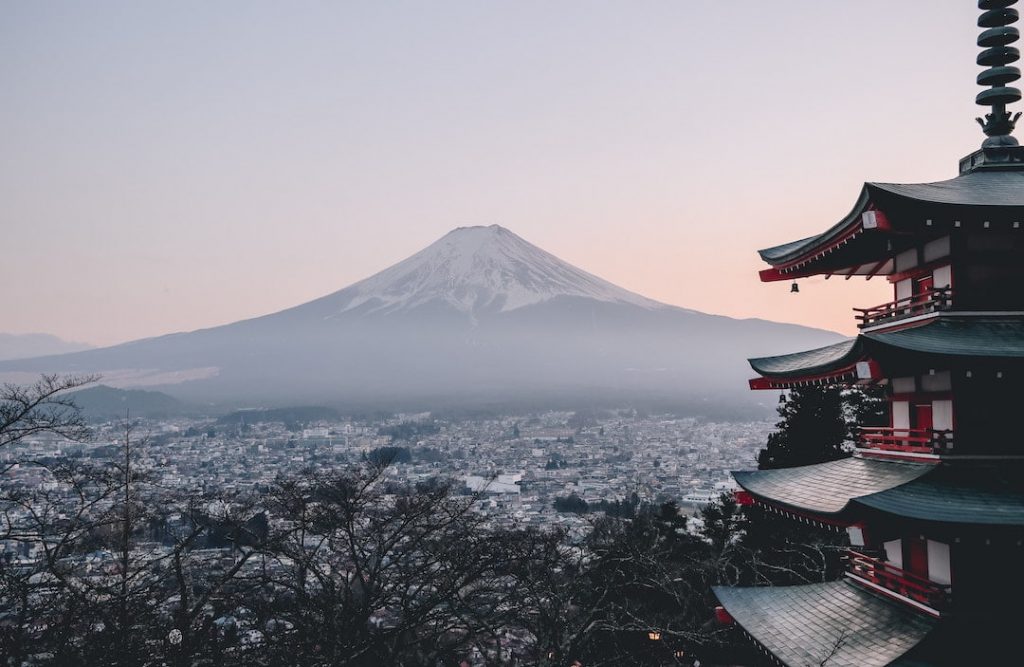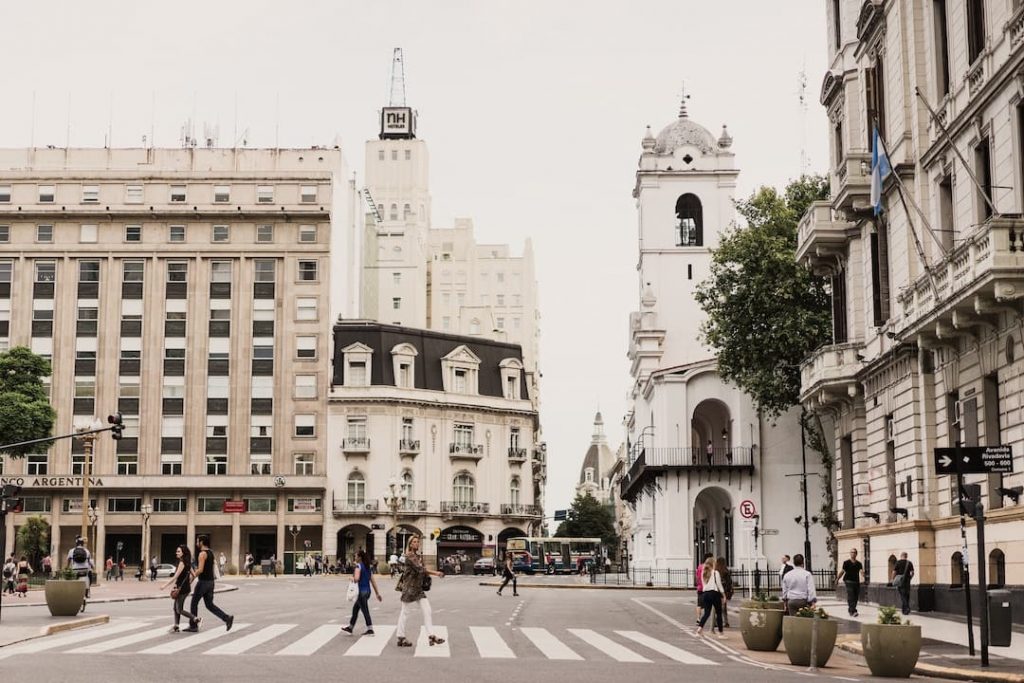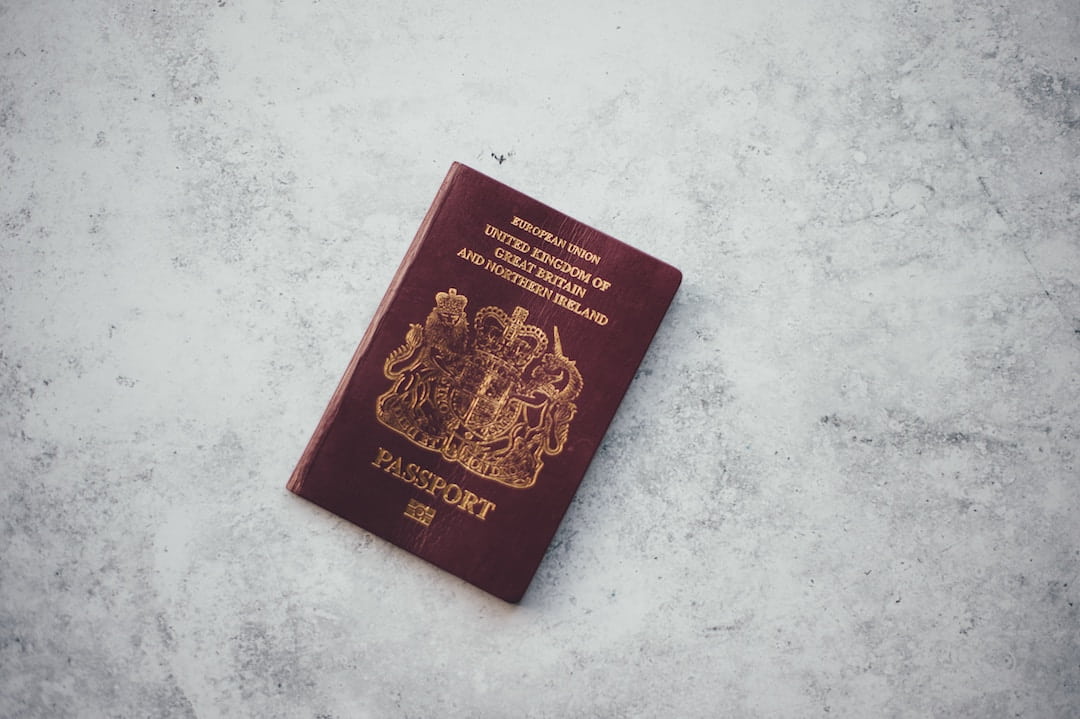Summer may be the best time to travel when it comes to the weather, especially in Europe. However… the flights you want to book are overpriced, the places you want to stay at are more expensive, and the attractions you want to visit are flooded with tourists. In the off-season, you don’t have to worry about dealing with any of those downsides. Sure, you won’t get the best weather, but booking your trip in the low season comes with a bevy of benefits: cheaper airfare, wallet-friendly hotel rates, and fewer crowds.
If you’re ready to jump on the off-peak travel bandwagon, the only question left to answer is: where should I go in the off-season? That’s where this guide comes in! We’ve curated a list of some of the most popular travel destinations and their corresponding low-season periods so you can start planning your off-peak adventure for 2023 and beyond!

Europe
For the most part, Europe’s off-season runs between November and March.
Of course, temperatures and weather conditions will vary by region; if you visit in, say, December, you may have to contend with freezing temperatures and snow flurries in Northern Europe, while Mediterranean countries like Greece offer a fair amount of sunshine and relatively mild temperatures.
No matter what destinations you choose to visit (aside from ski resorts), you’re guaranteed to find fewer crowds and bargain-worthy prices when traveling to Europe during the winter months.
Here are a few great cities, countries, and regions to choose from for off-season travel — those places where you’ll get the most bang for your buck and have a fantastic overall experience:
- All of the continent’s most popular and iconic cities (e.g., Venice, Paris, Rome, Barcelona, or Amsterdam)
- Greece
- Spain
- Iceland
- Budapest
- Prague
- Malta
- Finnish Lapland

Asia
Southeast Asia – June to October
As you can imagine, Southeast Asia plays host to several climates to match its incredibly diverse landscapes. Many travelers avoid the off-season in this region completely, but — with a little extra planning and preparation — it can actually be a fantastic time to travel here.
Just remember: the off-season months typically coincide with the rainy season. Monsoon rains usually occur between June and October in most parts of Southeast Asia, but weather patterns can vary drastically depending on the destination.
During this time, your trip can be disrupted by torrential downpours, or you might get lucky with sunshine and short-lived periods of rain — it’s a chance you take traveling during the low season!
Here are the off-season months for some of Southeast Asia’s top hotspots:
- Bali – April to June
- Bangkok and Northern Thailand – May to October
- Thai Islands (Gulf of Thailand) – Gulf of Thailand October to December and the Andaman Sea June to October
- Vietnam – May to September
- Cambodia – July to September
Japan / China / Taiwan – November to March
The best time to escape the crowds in China, Japan, and Taiwan is during the winter months, as long as you’re not traveling to wintry destinations or ski towns like Harbin and Hokkaido. As these destinations are pretty far north, it can get quite cold, however, so for trips to Tokyo, Seoul, or Beijing, your best bet is to dress for the occasion and check the weather reports thoroughly.
India & Sri Lanka – May to August/September
India and Sri Lanka experience varied weather conditions, with certain regions (such as Goa, for example) being dominated by rainfall at any given time of the year.

North America
With the exception of tropical states like Florida and Hawaii, the low season in Canada and the USA falls between the winter months of November and March/April.
Los Angeles, Vancouver, and other West Coast destinations offer milder temperatures throughout this season, while cities in the northeast (New York, Toronto, Boston) transform into real-life winter wonderlands.
Prices skyrocket during winter holidays and school holiday periods, so it’s best to avoid Thanksgiving, Christmas, New Year’s Eve, and Spring Break if you don’t want to deal with inflated hotel rates and crowded attractions.
In Mexico and the Caribbean, the off-season period begins shortly after Easter and lasts until the middle of December, just before the holiday season is in full swing.
- United States – November to March
- Hawaii – April to early June and September to mid-December
- Canada – November to April
- Mexico – May to mid-December
- The Caribbean – May to mid-December

South America
Given its gargantuan size, it should come as no surprise that there’s a whole host of varying climates and microclimates occurring on this vast continent throughout the year.
Generally speaking, South America can be divided into two regions, the first being Chile, Argentina, Uruguay, and southern Brazil, where the low season falls during the chilly winter months. Please be aware that here, it’s winter from May to August! The other region is Colombia, Peru, Ecuador, and Bolivia, where the weather patterns are dictated by wet and dry seasons rather than significant temperature changes. In Brazil, for example, there may be temperatures as low as °C 15.8 / °F 60.4 in Foz do Iguaçu, in the south in July, while Salvador, Bahia up north will still have approx. °C 23.7 / °F 74.7 degrees.
If you don’t mind packing a few extra layers and waterproof gear, you’ll love traveling outside of peak season here.
- Colombia / Peru / Ecuador / Bolivia – December to March
- Machu Picchu – October to February (The Inca Trail closes every February for essential maintenance.)
- The Galapagos Islands – May to June and September and October
- Brazil – May to September
- Chile and Argentina (excluding Patagonia) – June to August

Africa
In many African destinations (especially safari hotspots), low-season travel comes with loads of perks: the Kalahari Desert offers fantastic game viewing during the off-season; the low season in Kenya means better deals and cheaper international airfare; and Tanzania’s birthing period falls during the off-peak months, so you’re more likely to see lion cubs and other baby animals.
Plus, you’ll get great value for money, you won’t have to compete for space at wildlife sightings, and the rainy season brings lush landscapes — which makes for excellent photo opportunities.
It may be wetter during the low season, but if you can bear a bit of rain, there are a number of fantastic benefits that come with off-peak travel on this continent.
North Africa
Central/East Africa
- Kenya & Tanzania – March to June and October to December
- Uganda – April and May
- Rwanda – April, May, and November
Southern Africa
- South Africa – April to September
- Namibia & Botswana – December to April
- Mozambique – March to June

Oceania
Australia – June to August
Most people want to experience summer Down Under, but visiting during Australia’s winter (June to August) will save you cash on everything from your airfare to tours and bucket list activities.
And, since the weather is still pleasant and warm in many places around the country, choosing to travel during the off-season comes with some serious advantages.
New Zealand – June to August
The off-peak winter season is similar in New Zealand: you’ll find far fewer crowds at all the popular tourist spots (besides the ski resorts dotted around the country, of course).
Prices go down; hotel rates drop, and, in some destinations, you might feel as though you have the whole place to yourself.

Things to consider when booking an off-season holiday
Not every destination is suited to off-season travel; you definitely don’t want to be trekking in the Himalayas in a foot of snow or sweltering in Northern Australia in 45-degree heat.
You’ll have to weigh the pros and cons and do some additional research before you travel to any particular destination during the low season. Weather, seasonal closures, and safety are three of the main things to keep in mind while you’re planning your trip.


